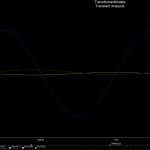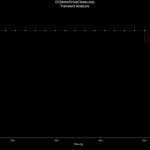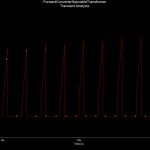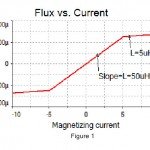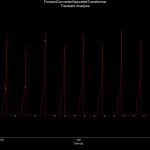Public info about the author: NiMultisimDesigner
- Profile

-

3 ways to model a real transformer, the first it’s a transformer component to specify the primary and the secondary number of turns, the type of core, the core inductance, the primary and secondary leakage inductances and the loss resistances. The second is a T-model and the third is a model with two inductors coupled of the same transformer.
-

120V, 60 hz source is rectified by a diode bridge. The output of a low pass filter is regulated by two regulators, a LT1761 and a LT1763, that provide 3.3 Volt and 5 Volt.
-

DC motor speed drive compensated with a PI Proportional Integrative controller. The motor steps from 0 to 4000 rpm and from 4000 rpm to 3500 rpm. The transient analysis shows a under-damped response and a steady state error null.
-
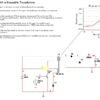
In the first transient SPICE simulation the transformer core is set as linear and not saturable core described by a 50uH inductor. In the second simulation is set a dependence of the magnetic flux versus the current so that the inductance changes from 50H to 5H at 5 Ampere, The transistors currents are very high and may damage or destroy the real circuit.
-
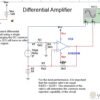
In this SPICE simulation the operational amplifier AD822AN with dual power supply +-12V works as differential amplifier. The ratio R2/R1 must be equal to R4/R3. A mismatch determines the common mode rejection capability of the circuit. The gain of amplifier is R2/R1.

